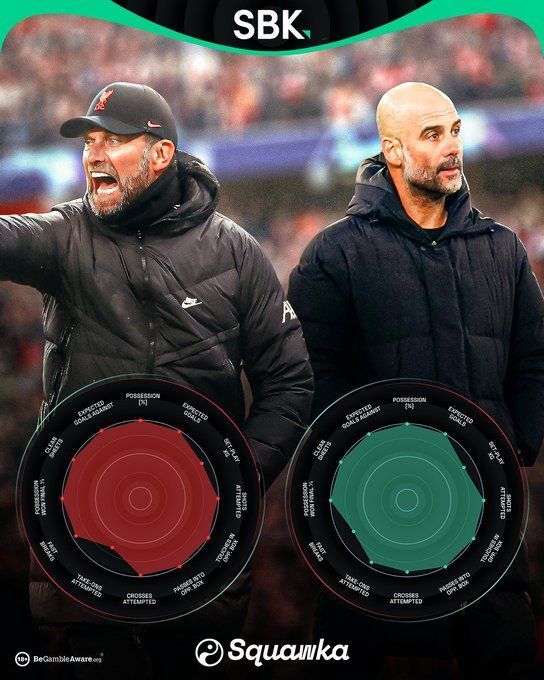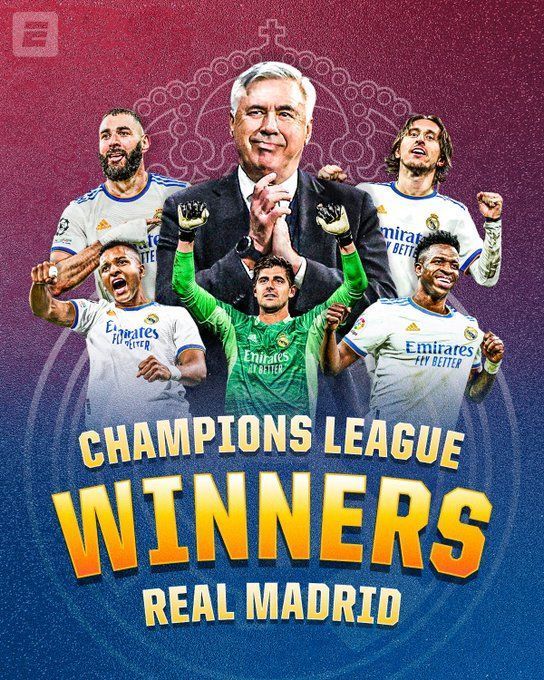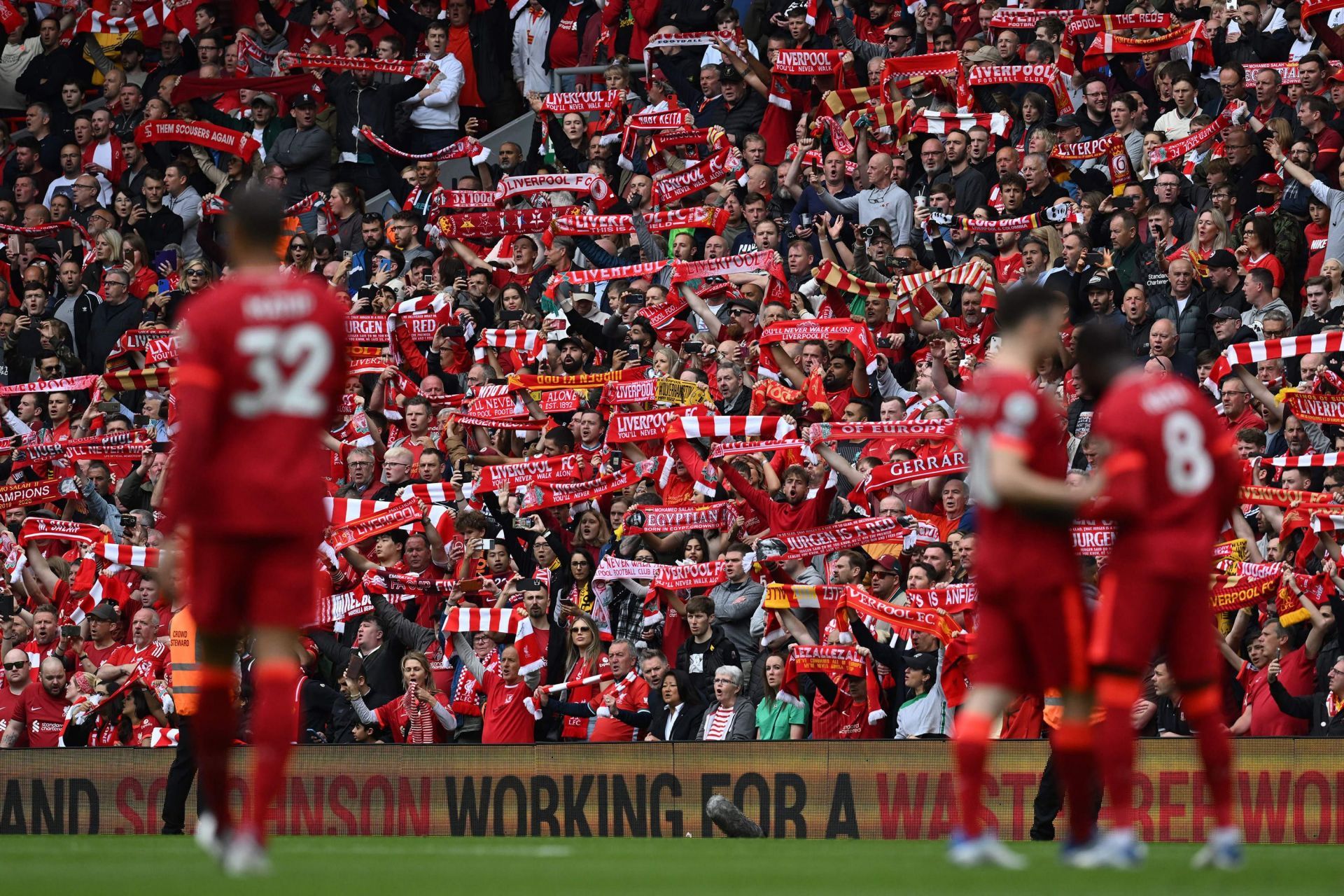
Liverpool FC - a review of the 2021-22 season (Premier League, Champions League, FA Cup, Carabao Cup)

After a forgetful 2020-21 season, there were a few questions over Liverpool's qualities and their squad depth ahead of the new campaign. It was a quiet summer transfer window as well for the Reds last year, with only Ibrahima Konate coming in from RB Leipzig for a fee of £36 million.
But there was a lot to be excited about - the return of previously injured players (Joe Gomez, Virgil van Dijk) and the youth being more involved (Harvey Elliott, Curtis Jones, Tyler Morton, Kaide Gordon).
In the opening few matches, it was clear for all fans to see - Jurgen Klopp had returned to set high standards with his group of 'mentality monsters' to dominate matches. Playing his favoured 4-3-3 with a false nine, Diogo Jota between Mohamed Salah and Sadio Mane; the midfield trio being swapped around and experimented with in each game.
A fine start to the season for Liverpool
In their opening 10 Premier League matchdays, Liverpool had 22 points and were sitting second in the table. These matches included four draws and six wins. The points dropped were against Chelsea (1-1 at home), Brentford (3-3 away), Manchester City (2-2 at home) and Brighton & Hove Albion (2-2 at home).
The highlights of this period were the two 5-0 wins away from home against Watford and Manchester United. An interesting takeaway from the matches in which Liverpool dropped points was that the midfield trio in all four of these games saw two senior players along with a young midfielder (Harvey Elliott vs Chelsea, and Curtis Jones vs Brentford, Man City and Brighton).
Not taking anything away from the youngsters, but the midfield choices were questioned in bigger games as Liverpool progressed into the season as well.

During this period, Liverpool were involved in two other competitions - four Champions League matches and two Carabao Cup games. These matches were what rescued the Reds' season. The Premier League is a long 38-game season, where players seldom get rest.
The Champions League and Carabao Cup matches worked as breathers for the players as this is where Klopp started rotating his squad, allowing the youngsters to show their quality as well. All four of the matches played resulted in a Liverpool victory with an aggregate score of 18-5. Klopp persisted with the same formation while allowing reserve players such as Divock Origi, Takumi Minamino, Caoimhin Kelleher and Joe Gomez to get their chance to shine alongside the promising youth.
Midseason slump
The next 10 Premier League matchdays were probably Liverpool's worst run of form for the season. With two draws (2-2 vs Tottenham Hotspur away and 2-2 vs Chelsea away), two losses (3-2 vs West Ham United away and1-0 vs Leicester City away) and six wins, Liverpool continued to be second in the table but were 14 points away from first-placed Man City.
While the loss against West Ham could be considered a little unlucky, the loss against Leicester was the only time all season that the Reds wouldn't score a goal. Salah missed a penalty, and the entire attack lacked the ambition to score goals. The draw against Spurs came at an unfortunate time due to COVID-19 hitting both teams and forcing Liverpool to be absent without several key players.
The draw against Chelsea was played on similar terms with this being the last game the African players would take part in as they would be joining their international teammates for AFCON.
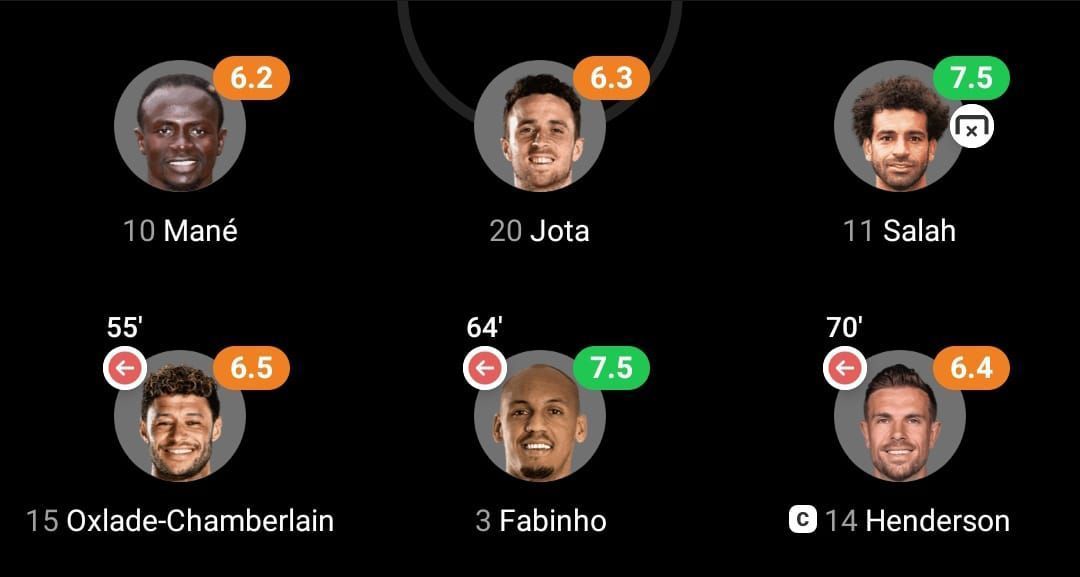
Liverpool were involved in three other competitions. Two more Champions League wins put the Reds on top of their group (six wins out of six). A fiery Carabao Cup quarter-final match against Leicester City ended 3-3, with Liverpool going through on penalties.
This particular game gave many youngsters the chance to shine, with the likes of Billy Koumetio (CB), Conor Bradley (RB), Tyler Morton (CM), Neco Williams (RW) and Owen Beck (CB) all making an appearance. Neco Williams, previously seen as a fullback, started his first game as a winger, allowing him to explore his attacking tendencies.
The turnaround and chasing a quadruple
The January transfer market saw Liverpool go in for talented winger Luis Diaz from Porto and secured him a fee of €45 million excluding add-ons. This boosted the squad majorly in terms of quality and morale. Naby Keita, Sadio Mane and Mohamed Salah would all be missing a month's action.
The rest of the squad needed to keep accelerating each game as they were still in the race for all four trophies, the quadruple - a feat no English team has previously achieved.
The next 10 matchdays proved to be their most fruitful of the season. Having won all three Premier League games without their African players in January, it was only on 13 February 2022 that Jurgen Klopp had a complete squad to choose from. This was the first instance all season where all the players were fit and in contention to play.
The remaining seven games from this period, which ended in the first week of April, were all won by the Reds. Klopp's side brought down the 14-point gap with Manchester City to just one point. Out of those 10 games, eight were won by keeping a clean sheet. The defense had started to click, the attackers were scoring, and the players had healthy competition going on.
There were three other competitions Liverpool took part in throughout this period - the Champions League, Carabao Cup and the FA Cup. All of these matches accounted for an additional nine games in the last three months. Two Champions League games (Round of 16 vs Inter Milan, 2-1 on aggregate), three Carabao Cup games (semi-final vs Arsenal, 2-0 on aggregate and final vs Chelsea) and four FA Cup games.
Klopp's strategy of employing primarily young players for these fixtures helped the first team members catch up on some deserved rest, playing close to 2-3 matches in an 8-10 day schedule.
The end of the season
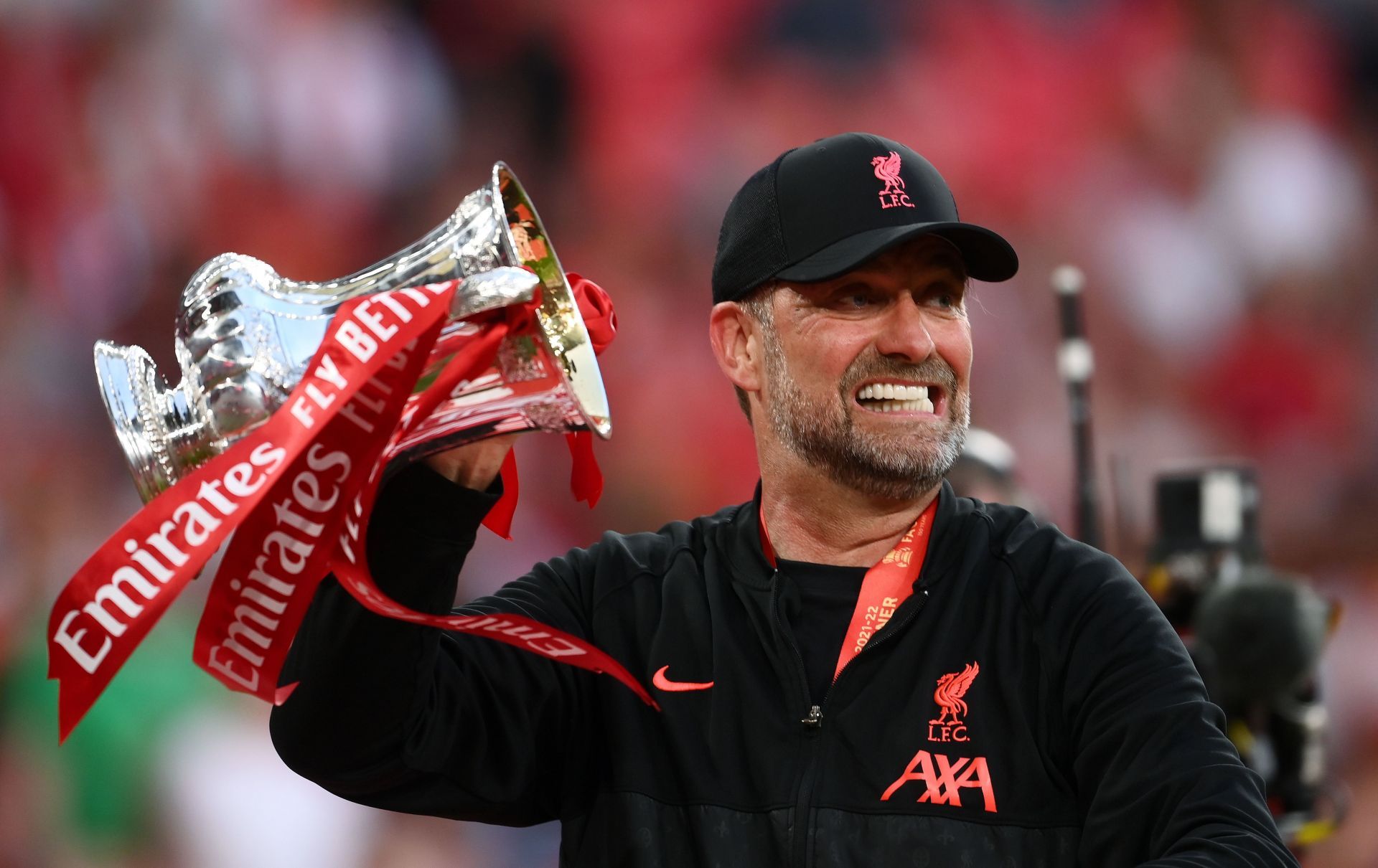
The final eight Premier League matchdays started on 10 April and ended on 22 May. The title race was on, influential players were changing games and the team was converting each match into an easy three points. Two out of these eight games ended up being draws (2-2 vs City away and 1-1 vs Spurs at home).
The same problem again, the midfield unable to control the tempo vs City and an off game for a few players vs Spurs. The points difference continued to stay at one leading up to the final matchday. It was a repeat of the 2018-19 season, where City won the title by a one-point margin. Key fixtures during this period included wins against direct rivals Manchester United and Everton.
The squad was involved in six other fixtures, which included four Champions League matches (quarter-final vs Benfica, 6-4 on aggregate, and semi-final vs Villarreal, 5-2 on aggregate) and two FA Cup matches (semi-final vs Man City, 3-2, and final vs Chelsea). Due to these fixtures being of importance for the Quadruple, there was not a lot of rotation possible, so we saw a lot of key players playing almost all of the last 16 games in the last two months.
The finals
Liverpool played three cup finals last season, two against Chelsea (Carabao Cup and FA Cup) and one against Real Madrid (Champions League). The problem the team faced all season, despite them having a tremendous run, was the lack of goals in the finals.
The Reds had zero goals throughout their three finals. They also weren't able to win a single game out of the six they played against in the top 4 of the Premier League. While the Carabao Cup and FA Cup were won on penalties, Real Madrid won the Champions League by a narrow 1-0 margin.
The lack of a proper No. 9 hurt Liverpool in the finals and eventually cost them the quadruple. While this false nine system works in longer runs, these one-off games are rarely influenced by false nines. When you play against teams with rigid defences like Chelsea or Real Madrid, your formation must be flexible. Klopp's rigid and stubborn attitude towards formation and adapting to the opponent's shape cost Liverpool the Champions League.
